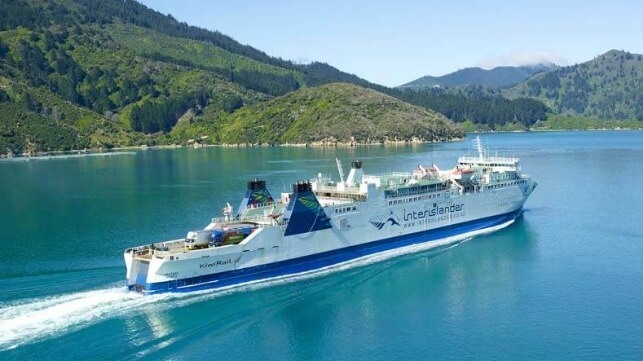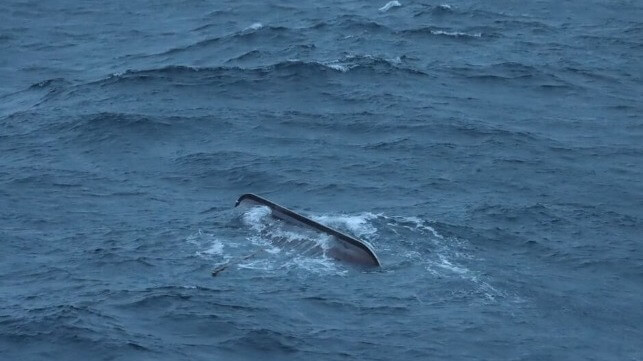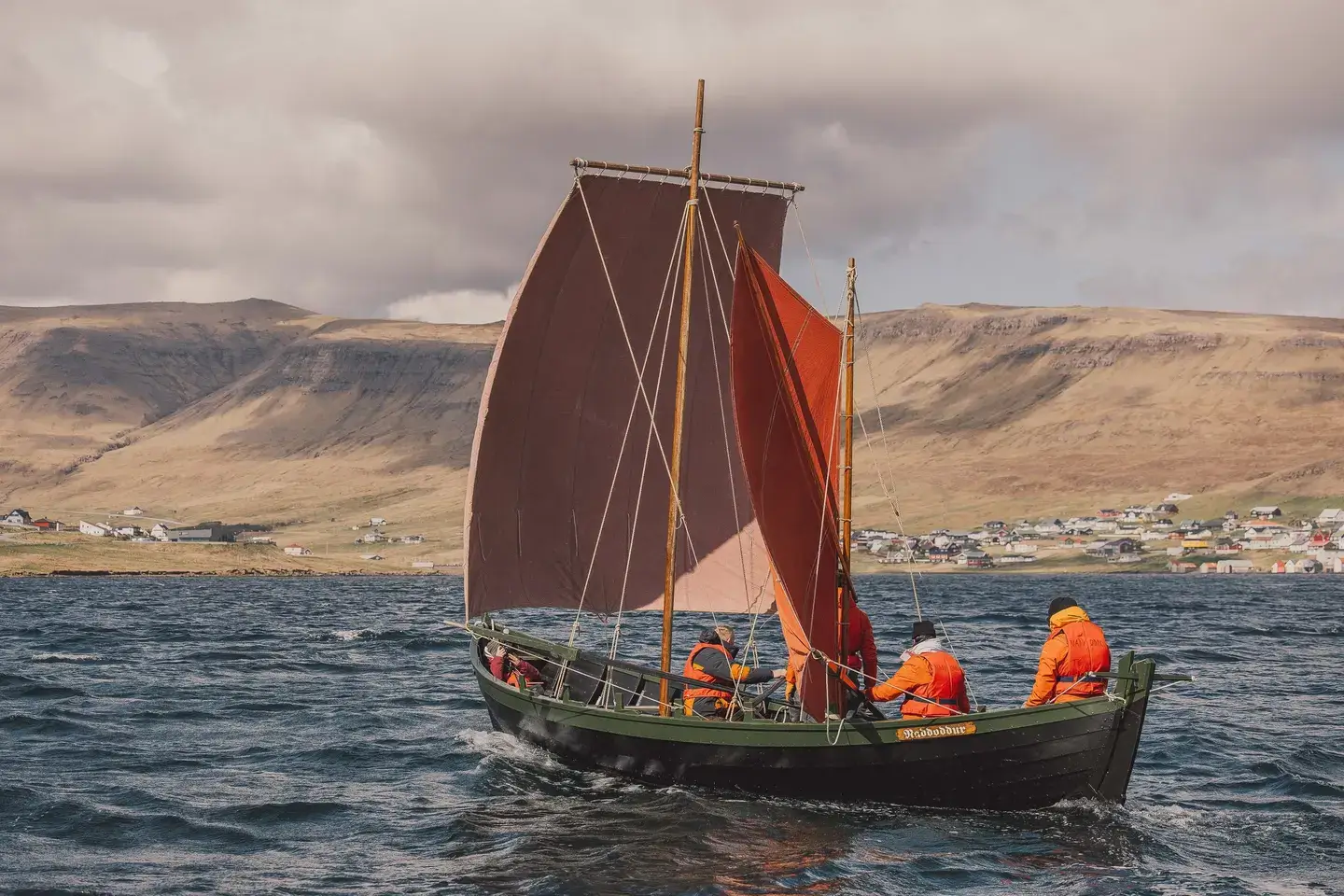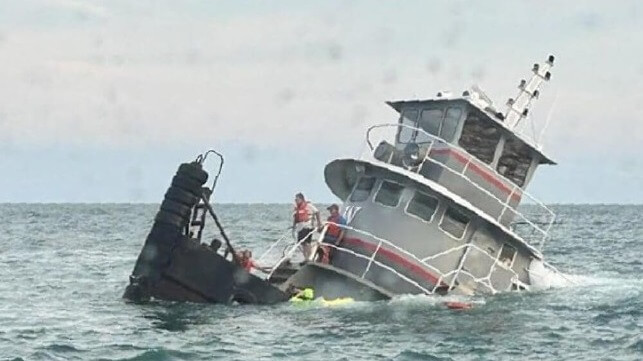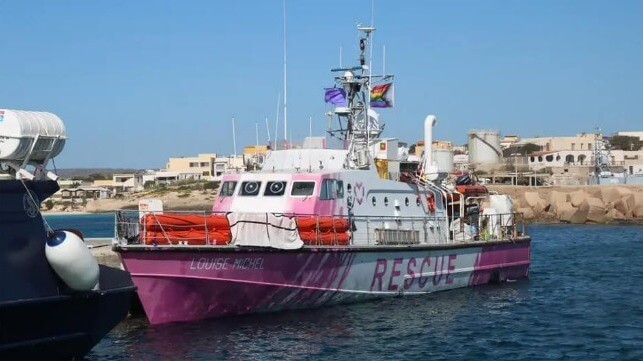The Revolution Will Not Be Podcast: Pacifica Radio at 75

The Exacting Ear, ed. Eleanor McKinney, Pantheon 1966.
At three o’clock on a spring afternoon in 1949, in a sixth floor studio above University Avenue in Berkeley, volunteer sound-proofers, “hammering down the carpet at the last moment”, paused in their work. Lewis Hill stepped to a microphone and in his distinctive baritone announced for the first time: “This is KPFA, listener-sponsored radio in Berkeley.” It was an experiment so unlikely (“Why would anyone subscribe to a station they can hear for free?”) that the scoffers in the local Bay Area press predicted it would be lucky to survive six months.
Seventy five years later, the survival of KPFA, founded by conscientious objectors, poets and pacifists in the aftermath of a catastrophic global war, was celebrated by a flying visit to the Bay Area from Amy Goodman, host of Democracy Now! which started life in the mid-1990s broadcasting from the Wall Street studios of WBAI, Pacifica’s New York station.
Goodman is a star in the firmament of community radio, and her tribute to Pacifica’s history, in which she has played such a central role for three decades, was warmly applauded by the congregation at the Church of Christ Scientist, Maybeck’s gorgeous architectural masterpiece on the south side of the Berkeley campus. Perhaps the spirit of the occasion forebade mention of the fact that, directly across the street, People’s Park – a landmark both in the history of the city and of KPFA – lies invisible and impenetrable, brutally enclosed by barbed wire and a ring of steel containers planted by the University of California administration bent on erasing both the park and the popular memory of what happened there in the 60s.
The struggle over People’s Park and Pacifica’s own Civil War, triggered by Clinton’s Telecommunications Act of 1996 and culminating in the so-called Battle of Berkeley in 1999, are connected through the deep history of settler-colonial dispossession, neoliberal enclosures and now a re-privatization of the liberated common land. The ill-judged revision of the network’s governance in response to the drastic deregulation of the airwaves has left KPFA, and the Pacifica Foundation that owns the station, in deep financial and managerial trouble.
The originating impulse of the Pacifica project, poetically named as a gesture to the founding vision, was to explore through peaceable dialogue the root causes of conflict — between individuals, nations, and belligerent empires. By bringing to the airwaves “informal, intensely personal, uncensored, and free-ranging discussion” – the description is philosopher Erich Fromm’s – together with the finest of the radio arts, the listening community would be equipped with an “exacting ear”, in the happy phrase of Eleanor McKinney, one of the trio of syndicalist founders.
[Image hereabouts]
There is a special intimacy to radio when not used for commercial or state propaganda, understood as the discourse of domination. The tone and rhythm of those first KPFA broadcasts are crucial to understanding the power of “the Pacifica idea” and the enduring loyalty it has evoked in its audience. Recollecting the very early days at the station, another of the founders, the poet and documentarian Richard Moore, expressed it to me this way: “It was our experiment with form that was radical, as much as any content.” Margot Adler, a student at Berkeley in the mid-60s and later host of a phone-in show on Pacifica’s New York station, recalled: “It’s hard to imagine how different it was to hear someone talking honestly — about anything — on the air.”
The bonds forged between the Pacificans and the audience they conjured out of the air was tested after fifteen months, when in the summer of 1950 the money ran out. Lewis Hill’s imagined audience showed up in the flesh at a packed community meeting at the Fellowship Hall in Berkeley, intent on bailing out the sinking vessel. Lewis Hill was never so moved as by that gathering; “We can’t let this die”, he told his confederates. With collective self-salvage in mind, Hill argued in his 1951 manifesto, “The Theory of Listener Sponsored Radio”, that the KPFA experiment entailed a “two-way responsibility”, a “conscious flow of influences, some creative tension between broadcaster and audience”.
What was “the Pacifica idea”? Firstly, for those at the microphone the freedom of not having “to simulate emotions, intentions and beliefs” was the essence. Hill had not shed a vague sense of ethical corruption from his time as an announcer at a commercial radio station in Washington DC – “the words are familiar, and every sentence is grammatically sound, but the text is gibberish”). “The people who actually do the broadcasting should also be responsible for what and why they broadcast”, insisted Hill the syndicalist. At the other end of the apparatus, for the project to succeed, the listener subscribers demonstrated what he called “a kind of cultural engagement”, amounting to a “mutual stimulus”. Success for Hill would mean the pilot experiment resulting in “a new focus of action or a new shaping influence that can hardly fail to strengthen all of us”. The “us” began for Hill with his personal circle of friends and comrades —the war resisters of the CO camps and the poets, artists and writers in San Francisco’s bohemia — but the aim was also to reach, via the apparatus of radio, the shipyards of Richmond and the neighbourhoods of Oakland.
Hill understood very well that listener-sponsorship could go wrong, if subscribing were reduced, as he said, to a tax write-off, or a response to special gift premiums (“We’ve got hoodies, we’ve got socks, we’ve got water bottles – check it out!”, cajoled one announcer during a recent fund drive on KPFA.) ‘Underwriting’ by big business has led directly to the soporific diet now on offer from NPR. (Is that why they’re constantly advertising mattresses?) The recent decision by Pacifica’s management to take advertisers’ money suggests that it may be time to wind up the experiment. Indeed there might be no option. Some readers of CounterPunch will recall the news that, in December 2022, US marshals seized 305,000 dollars from KPFA’s cash reserves to settle a defamation lawsuit brought by a former interim executive director of the Pacifica Foundation, the legal owner of the station. Since then there have been staff layoffs and preparations to sell off physical assets. KPFA, the flagship of the five listener-sponsored stations, is now in real danger of sinking along with its owner and the rest of the network, thanks to mismanagement at the national level and the perversely bloated Pacifica governance structure adopted in the wake of the crisis of 1999-2001.
Can the Pacifica network survive? Notoriously, Pacifica thrives in times of emergency. Dan Coughlin, the executive director who guided the network away from the brink of bankruptcy at the millennium, drily quipped: “War is the health of the station”. Pacifica’s fortunes wax and wane according to the rhythms of the US imperium. Margot Adler, host of ‘Hour of the Wolf’ in the 1970s, put it bluntly: “The Vietnam War ended, and we lost half our audience. It was as simple as that. WBAI grew from the blood of the Vietnamese.”
Some veteran activists believe that KPFA remains a viable institution, provided that the station can get out from under the Pacifica Foundation, owner turned parasite — and lately, asset stripper. The business of cutting KPFA free from its incubus will require serious forensic skills, and very likely some real street heat.
In any case a campaign for KPFA’s survival will have to be waged in the current mediascape, including the new (anti-)social media, whose wider context is the political economy of telecommunications in the US. The situation remains fundamentally unchanged since I spoke at a Federal Communications Commission Hearing on Media Ownership, in the aftermath of the 1996 Telecommunications Act which led to a predictable looting of the public airwaves (see “A May Day Message to the FCC”, CounterPunch, April 30th, 2003). I noted that “the anti-globalisation and anti-war movements well understand the lethal connections between the so-called market, concentrated media ownership, and untrammeled militarism.” I still stand by my assertion to the Commission that “the flourishing of life…around the planet, now depends on the reappropriation of the commons, and that includes – because the means of communication without limits is the very condition of possibility of all else – the seizing back of the electromagnetic spectrum, the de-commodification of the airwaves.”
Now, suppose the good ship Pacifica goes under. What would be lost? Above all, a dependable forum for the candid and dissenting dialogics that inspired the original vision, still embodied in a handful of excellent Public Affairs programs the founding trio would recognize – such as Letters and Politics, Against the Grain, and Behind the News. The rhythm and cadence of Against the Grain, for example, is recognisably in a venerable KPFA tradition, and helps to account for its enduring vitality. The interviews are recorded in advance, impeccably edited, and broadcast three days a week at noon. Taking turns at the microphone, and making decisions independently as to topics and guests, the hosts Sasha Lilley and C.S. Soong evince a congenial complementarity in style and emphasis. Soong is inclined to the philosophical and esoteric (the shade of Alan Watts hovers nearby), while Lilley clearly draws on her training in political economy. Questions are always posed in a spirit of open inquiry, with the aim of drawing out, maieutically, the fruits of new scholarship or critique, often focused on a recently published book, essay or article. By their deep, evident commitment to socratic form, and by coming to the interviews formidably prepared, a mutual respect with the interlocutor is quickly established and conveyed to the listener.
The original idea for the program emerged in discussions in 2002 between the two producers, who agreed there was a kind of vacuum in strategic thinking on the left. The reasons were perhaps not hard to find. Violent state repression directed at the worldwide movement against capitalist enclosures, aka “globalisation”, had taken a toll, both in the streets and in the theory kitchens. The repression only intensified in the wake of the September 11th attack on the World Trade Center.
It was clear to Lilley and Soong that, for antagonists of capital and empire, these new conditions lacked critical scrutiny. “When we launched”, recalls Sasha Lilley, “we felt strongly that many of the ideas of the anti-globalization movement, the antiwar movement, and the left more broadly, needed interrogation. Apparently many KPFA listeners agreed, because when C.S. Soong and I ran a four part series challenging conventional wisdom on the left, called Free Radicals, it led to a flurry of emails to KPFA management asking for more.”
An opening in KPFA’s schedule gave them the opportunity for extending the interrogations. In their sights, recalls Lilley, was “the localism fetish of the global justice movement; the anti-war movement’s “No Blood for Oil” simplification, the romanticizing of the subaltern and the Global South; and of course conspiracism instead of anticapitalist analysis.”
The boisterous street carnivals of refusal north and south, galvanised by the spellbinding—and spell-breaking—eloquence of Subcommandante Marcos, and amplified by vibrant indymedia, seemed briefly to herald the birth of a countervailing force that might truly disrupt the specialists in ’structural adjustment’ at the IMF and WTO. But the ’second superpower’ (to use the anxious, hyperventilating language of the New York Times commentariat), which flared brightly in Seattle, Porto Allegre and around the planet, turned out to be a will o’ the wisp, its fragile transnational infrastructure interrupted by, among other things, ‘anti-terrorist’ restrictions on travel. In the assessment of Seamus Davis, cartographer of anticapitalist resistance, “By 2003 the movement was punching below its weight”. Things were not helped by the widespread privileging of activism at the expense of analysis and reflection. “Activist” had become, at least in the US, a badge of identity, an occupation without any content except perhaps a romancing of barricades, which, as their historian Eric Hazan drily observed, were already out of date by 1871.
Two decades on, Against the Grain is going strong. It has been, by any worthwhile measure, a resounding success of the kind the founders of the station hoped for, though they could hardly have imagined the instantaneous planetary reach of the program made possible by the internet. The roster of guests amounts to a pantheon of contemporary radical thought — to name just a few: geographer David Harvey, socialist feminist Silvia Federici, demographer Amartya Sen, urbanist Mike Davis, classicist Ellen Meiksins Wood, economist Thomas Piketty, historians Robin D. G. Kelley, Peter Linebaugh, Vijay Prashad and Howard Zinn, linguist Noam Chomsky, anthropologist David Graeber, journalist Naomi Klein, psychiatrist Joel Kovel, lawyer Staughton Lynd, sociologist Frances Fox Piven. The program’s archive is a treasure house of critical exchange in the early 21st century.
No doubt Against the Grain could take its chances – likewise Doug Henwood’s Behind the News and Mitch Jeserich’s Letters and Politics – and even flourish among the flood of podcasts coming online at the rate of 500 a week (although half of them expire within six months.) Against the Grain, by now an institution within an institution, has conjured into being an ‘imagined community’, albeit uncertain of its collective powers. We badly need such a program in the days ahead, to assist in the hard work of root-and-branch rethinking of the terms and tactics necessary to a planetary politics for commoners, after the Holocene.
I believe it’s also important for KPFA listeners to organize against the loss of the station’s bricks-and-mortar studios, an underused community asset moored like a ghost ship on MLK Way in Berkeley, and to keep broadcasting from Grizzly Peak and its 94.1MHz home on the FM dial, an island in the privatised spectrum, amid the rumbling basso continuo of commercial America (“I drive my car to supermarket / The way I take is superhigh /A superlot is where I park it /And Super Suds are what I buy.”) It was a minor miracle in a nation Melville saw as dedicated only to commerce that Lewis Hill’s pilot experiment took flight. The choice of fare on offer – drama and literature, music, public affairs, children’s programming – was only part of the magic; more potent was the mutual recognition, respect and camaraderie that passed between the pioneering broadcasters and the audience conjured into being.
Unfortunately, the essential syndicalist principles were overlooked – Hill’s anarchist comrades warned him that worker control would be broken on the anvil of bureaucratic governance required by federal regulation, if state censorship didn’t get them first. It’s a grim irony that the new internal governance structure, put in place after the crisis of 1999 to safeguard the network, may materially contribute to the demise of the Pacificans’ noble experiment.
The radical Cornell scholar Benedict Anderson in the 1980s achieved intellectual fame for his notion of the “imagined community”, about which he later remarked that they were “a pair of words from which the vampires of banality have by now sucked almost all the blood.” Anderson coined the phrase to theorize not the radio but the printing press and the emergence of “the nation,” specifically, the role of print capitalism in the spread of nationalism. Anderson defined the nation as a collection of strangers who do not know each other and will never meet but nevertheless are able to exert a world-changing social force. I think it fair to say that Lewis Hill had such business in mind when he composed “The Theory of Listener Sponsored Radio” back in 1951. But if KPFA is reduced, at best, to an online ‘platform’ of serial, atomized podcasts, then what will surely be lost is the integrating impulse of Hill’s vision, the possibility of a collectively imagined “focus of action” necessary to the building of a peaceable world.
